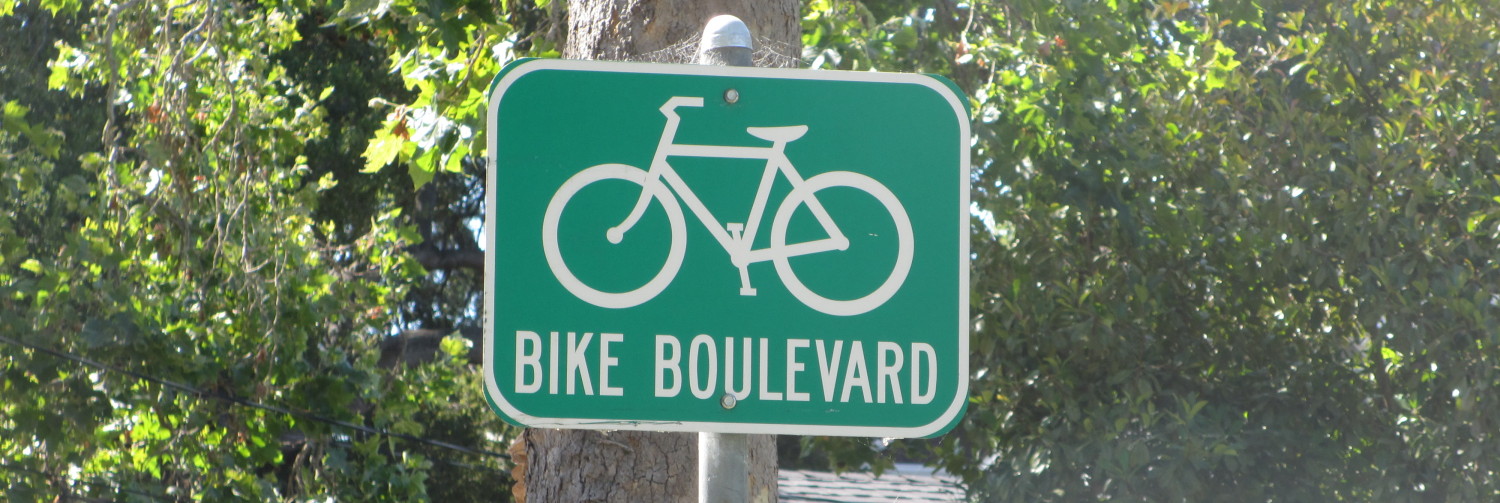Like in any entrenched religion or philosophy, internal contradictions eventually create cogitative dissonance in civil engineering standards. That people who walk must always defer to people who drive is one such encrusted rule slowly crumbling in the face of pedestrian revolt. Occasionally we see examples of people who walk getting the right of way over people who drive, but there very scarcity makes them noticeable. At selected road crossings, after much lobbying and pressure, the engineering staff may, with many caveats, permit a walkway to cross a minor road with priority going to the people who walk. Scarcely common. Cambridge, … Continue reading Harbinger of New Walkway Design


























